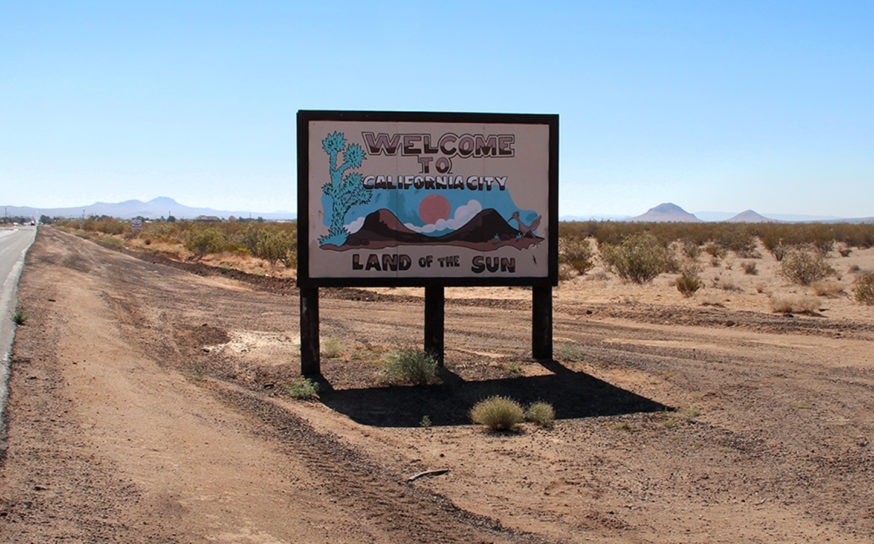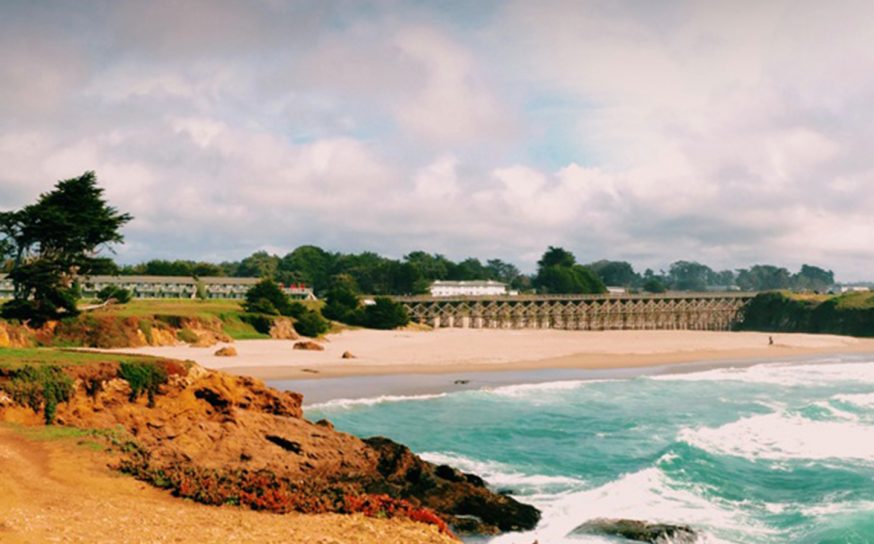
A Wildlife Biologist Studies the First California Wolf Pack to Emerge in Nearly 100 Years
An incredible journey.
-
CategoryExperiences, Makers + Entrepreneurs, Sustainability
In 2015, a female gray wolf born somewhere in the Northern Rockies the year prior left her pack to find a mate and territory of her own. That 800-mile journey would take her through unknown terrain, across roads and in the shadows of humans. According to Smithsonian Magazine, her ultimate destination would be cause for both celebration and consternation.
“After traveling for at least a month, and perhaps longer, she reached the forested mountains of northeast California. There was clean water in the streams, blacktail and mule deer to hunt, a few elk, not too many humans, and features in the landscape that gray wolves find appealing: high plateaus, forested ridges, meadows. There were also thousands of cattle and sheep. We might say she was recolonizing ancestral ground, for it was here in Lassen County that the last wild wolf in California was shot and killed, in 1924, as part of the centuries-long extermination campaign that nearly wiped out wolves in the lower 48.”
Called LAS01F, she soon found a mate, a male believed to have traveled from Southern Oregon. In 2017 she gave birth to her first litter. By 2020 she had delivered her fourth, bringing the California pack to 15.
While environmentalists celebrated the wolves’ first return to the Golden State in almost a century, not all were elated. In Lassen County, where ranching is the local mainstay, the arrival of a wolf pack signaled fear and financial ruin. But a wildlife biologist employed by the California Department of Fish and Wildlife is working to conserve and manage the state’s budding gray wolf population and evolve the narrative.
You can read more about his efforts by clicking below:
This Kern County Outlier Looks to Broaden Its Horizons with New Strains of Cannabis Industry
Can California City become a pot oasis in a dying desert?
Discover Beaches With Natural Bridges Along the California Coast
Geologic wonders await in the Golden State.
4 Ways California Girls Can Celebrate Galentine’s Day
We ❤️ these February special events!



















